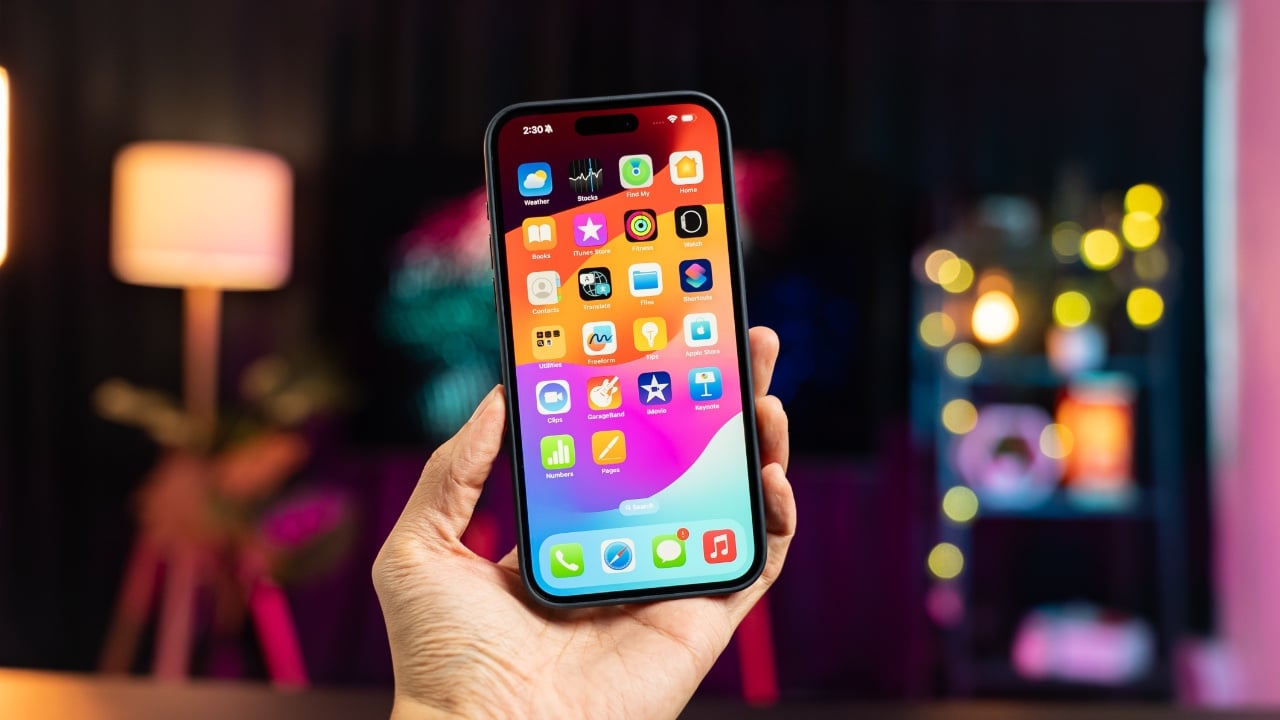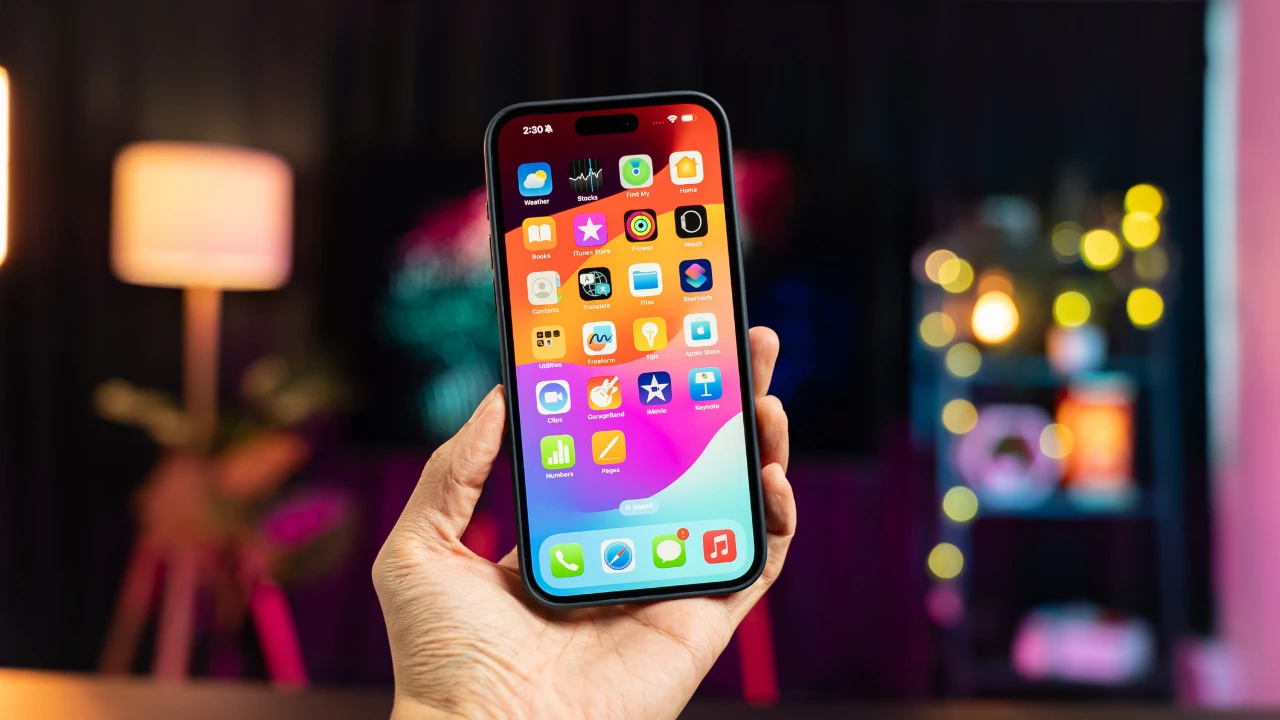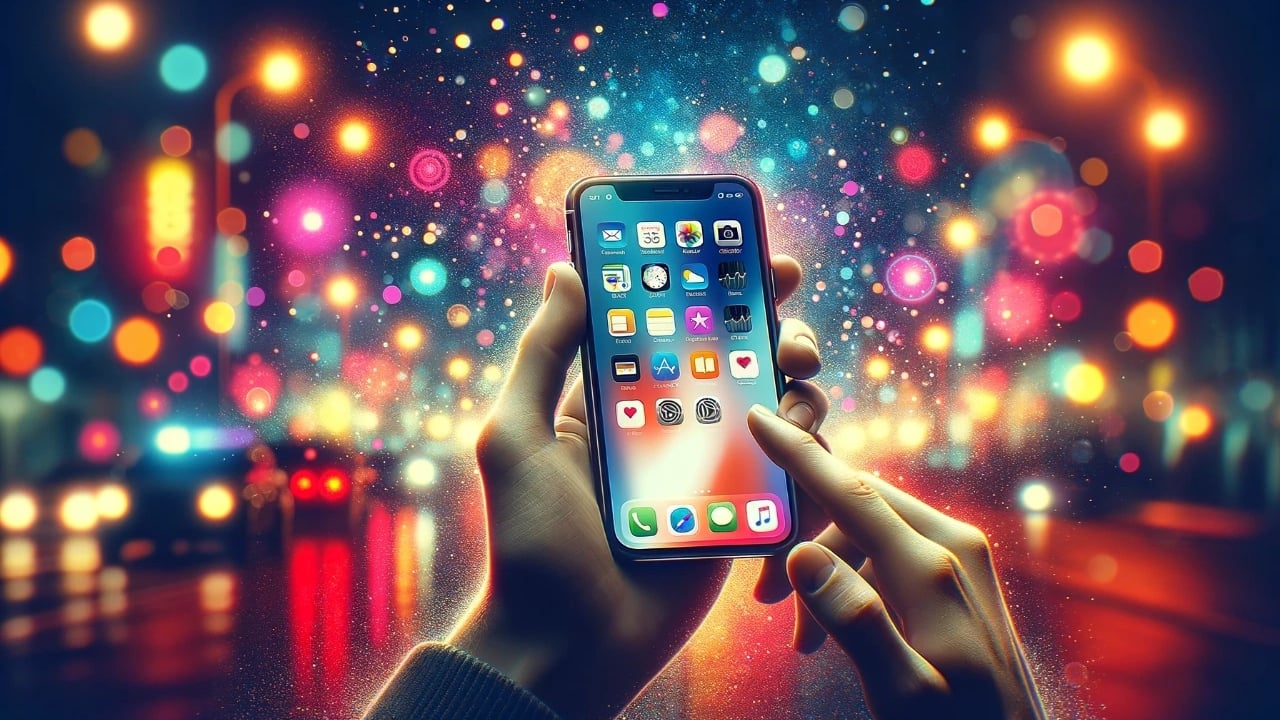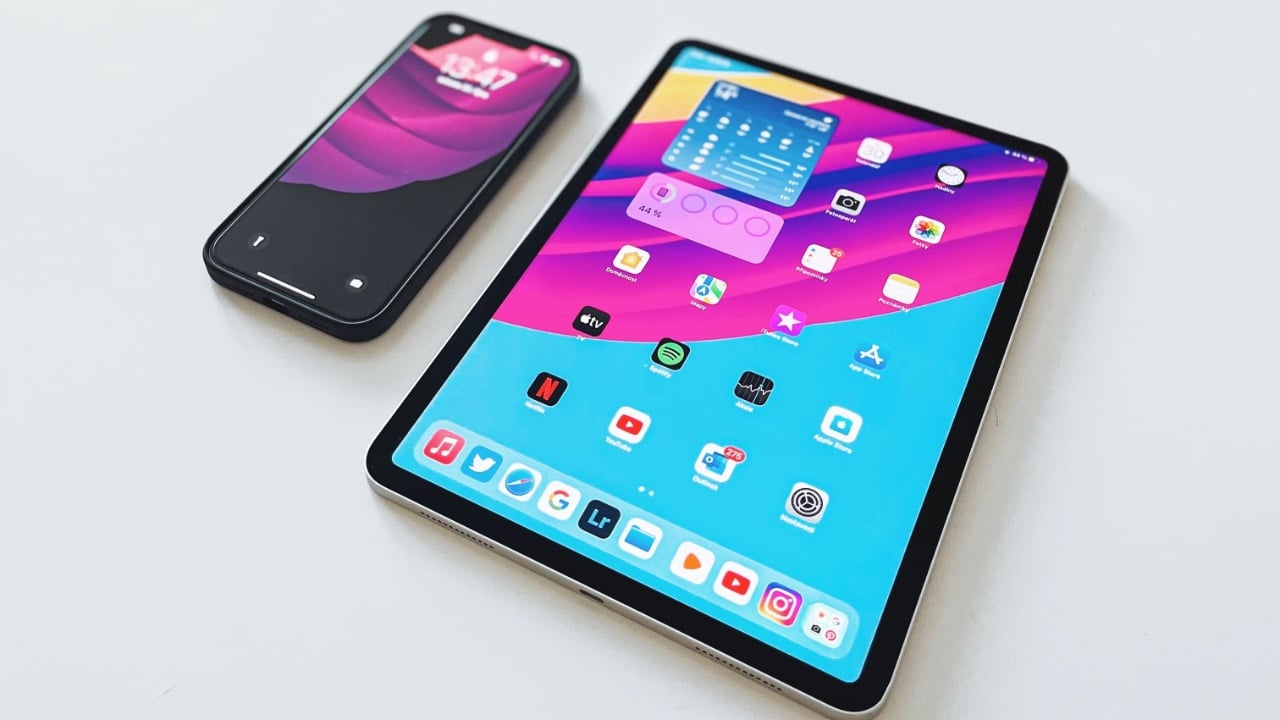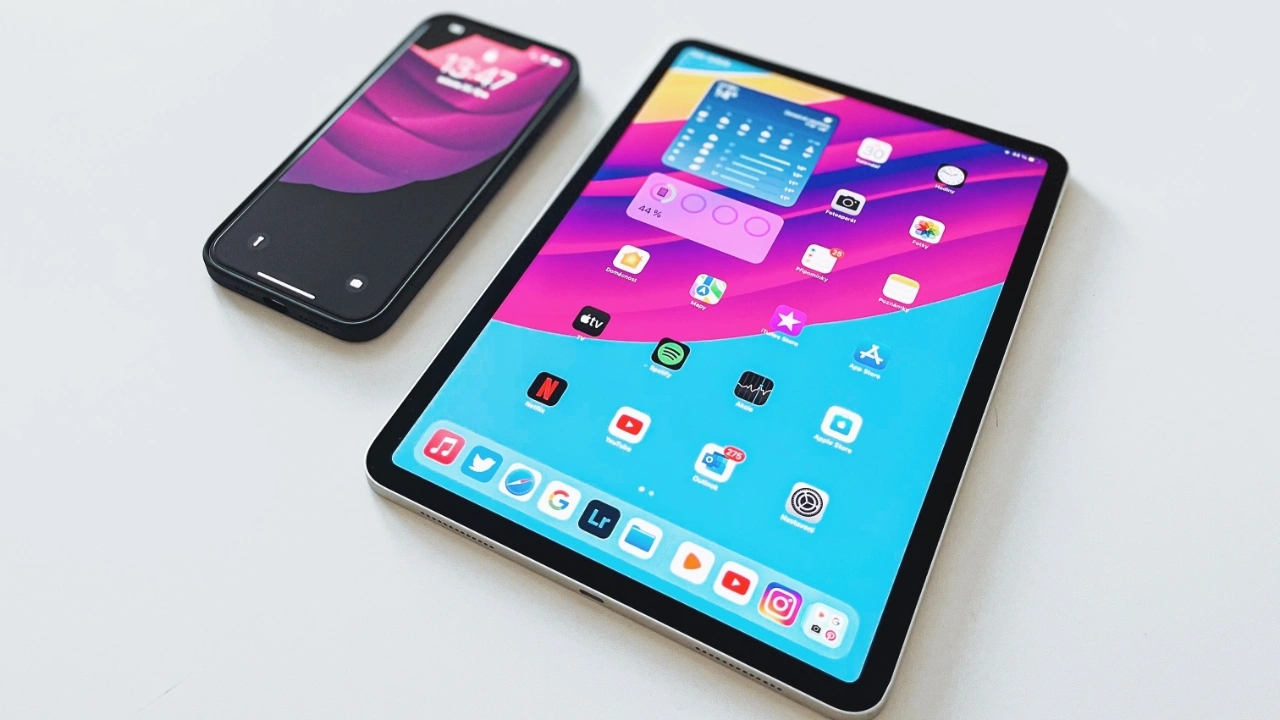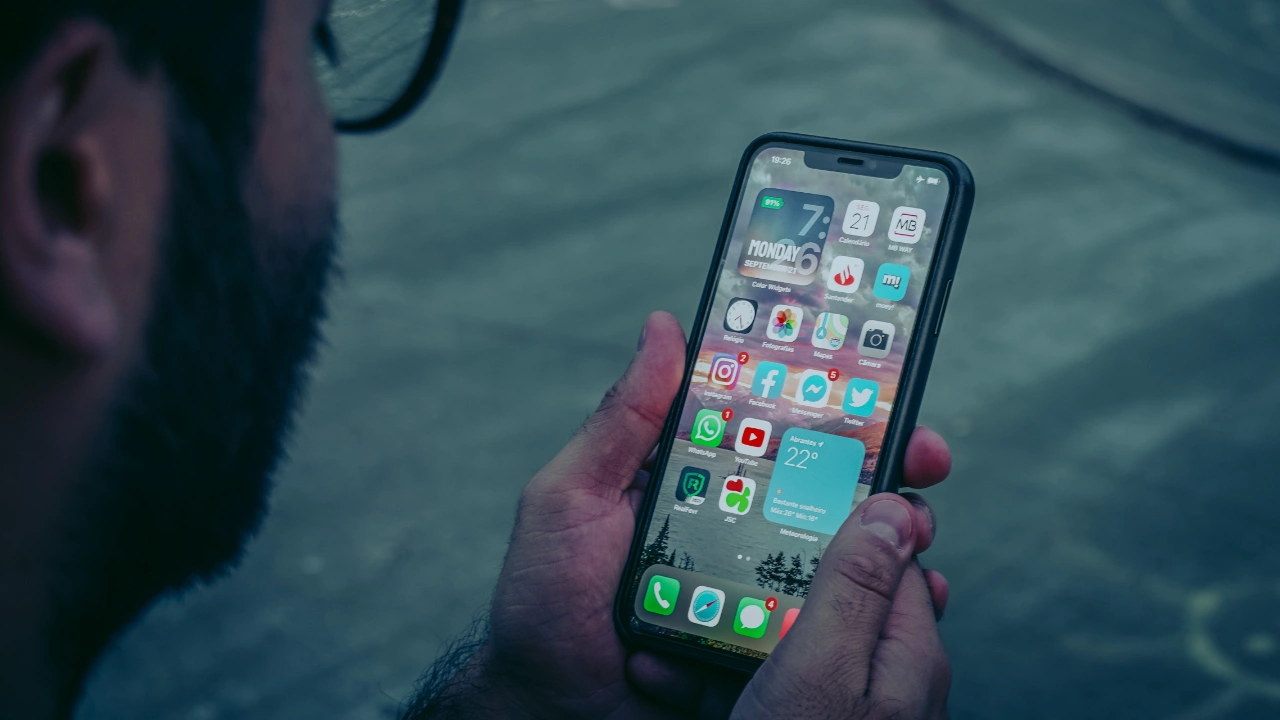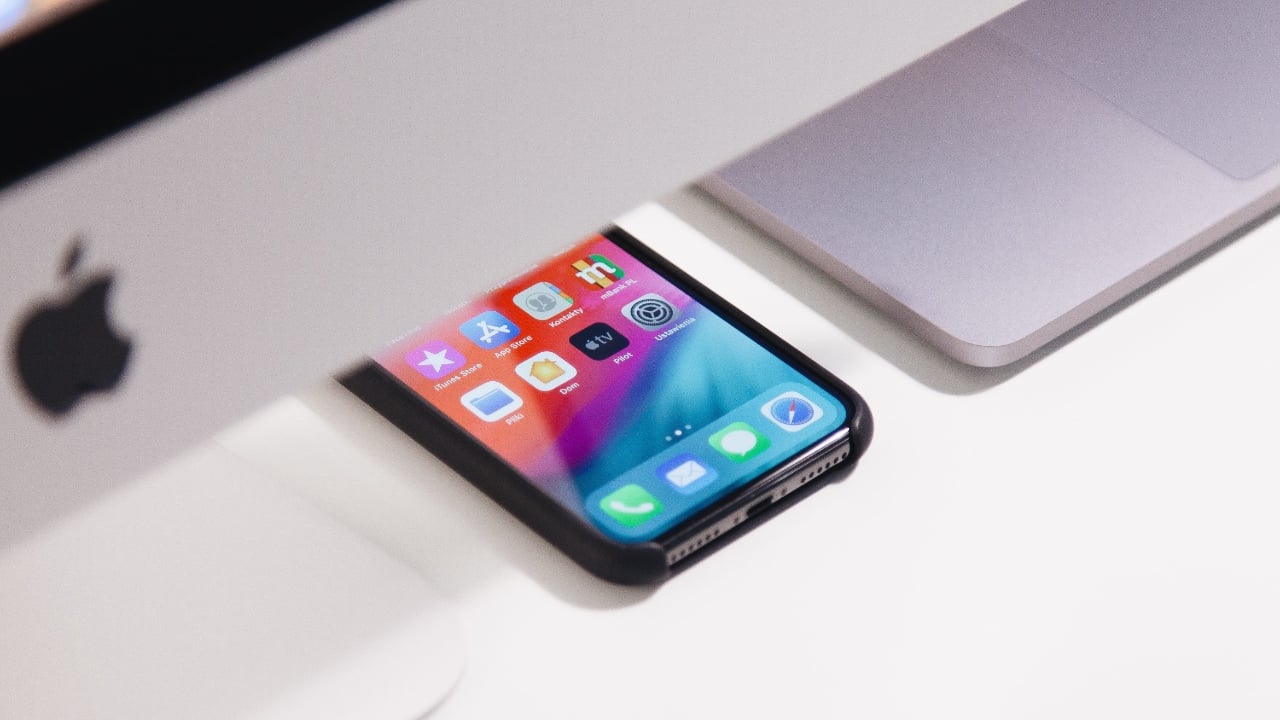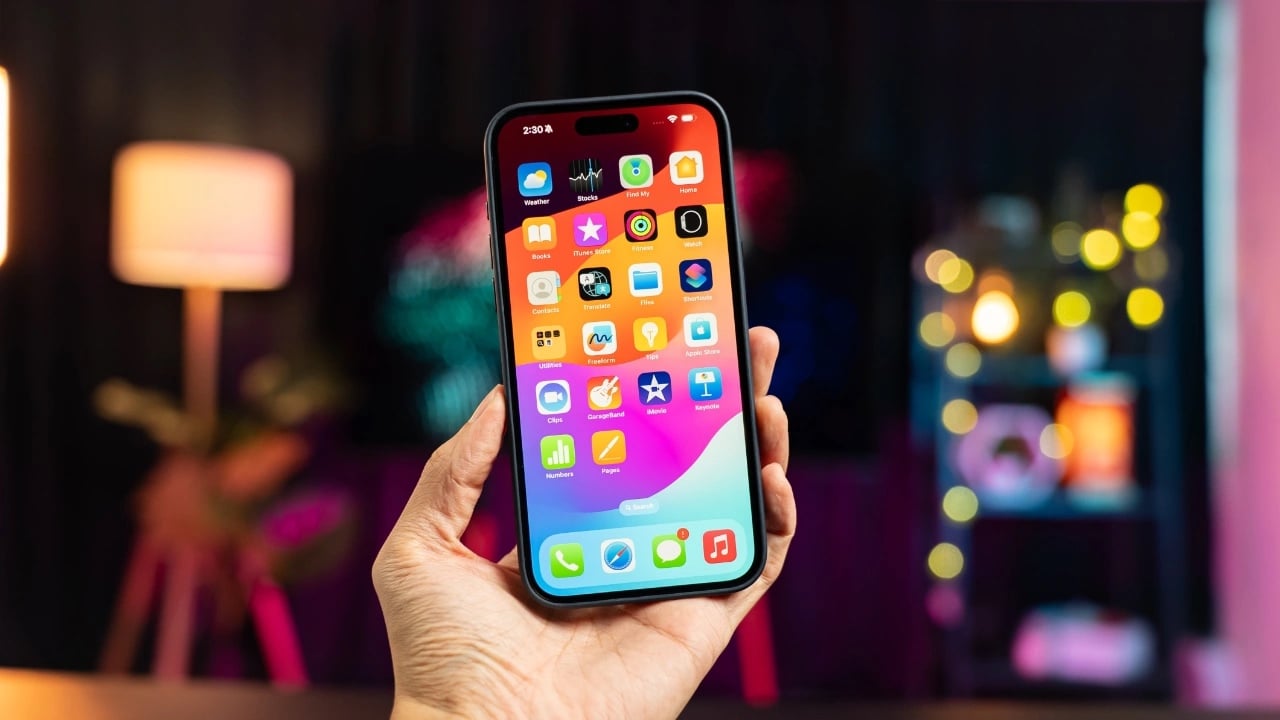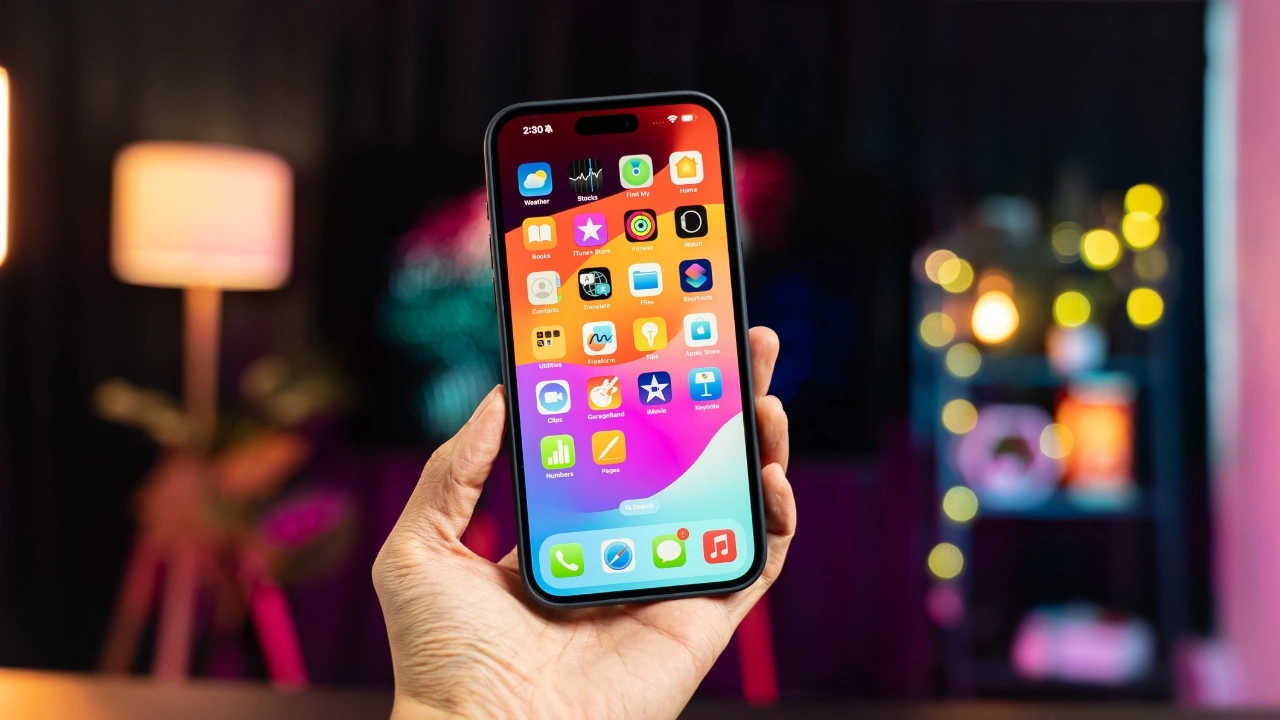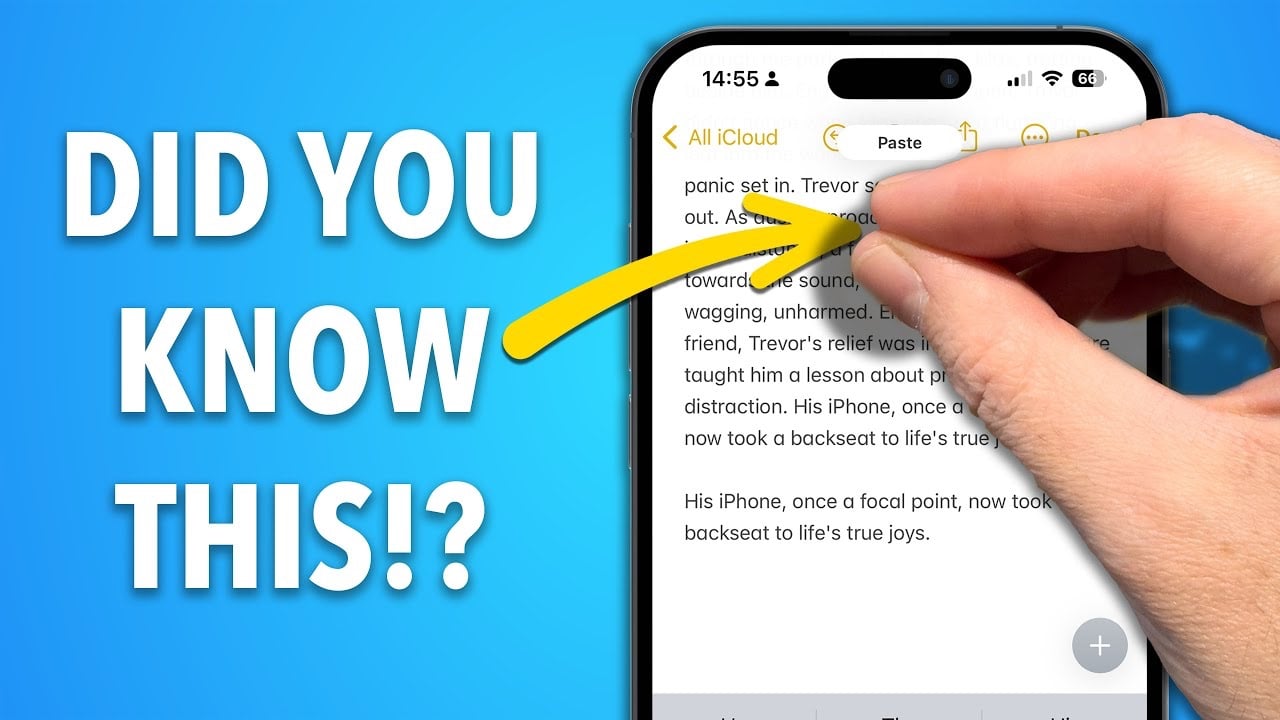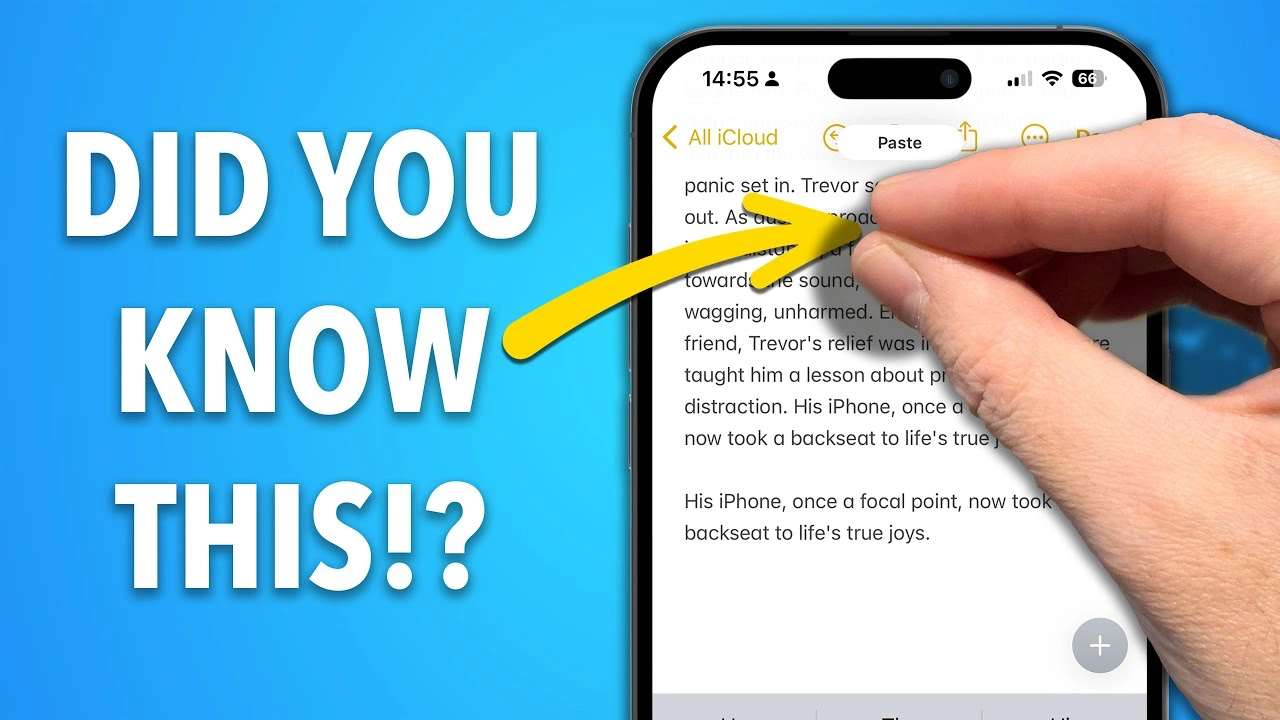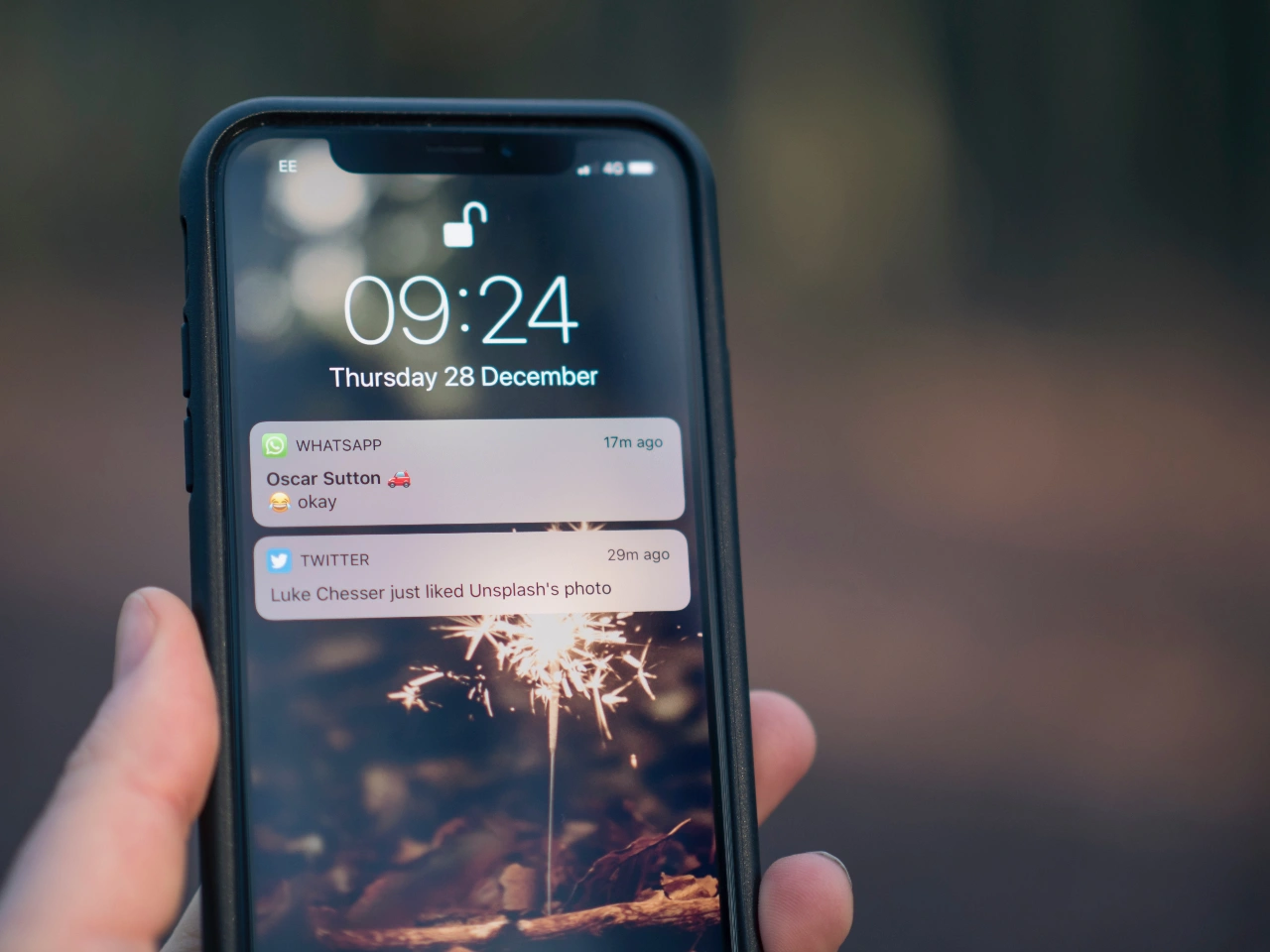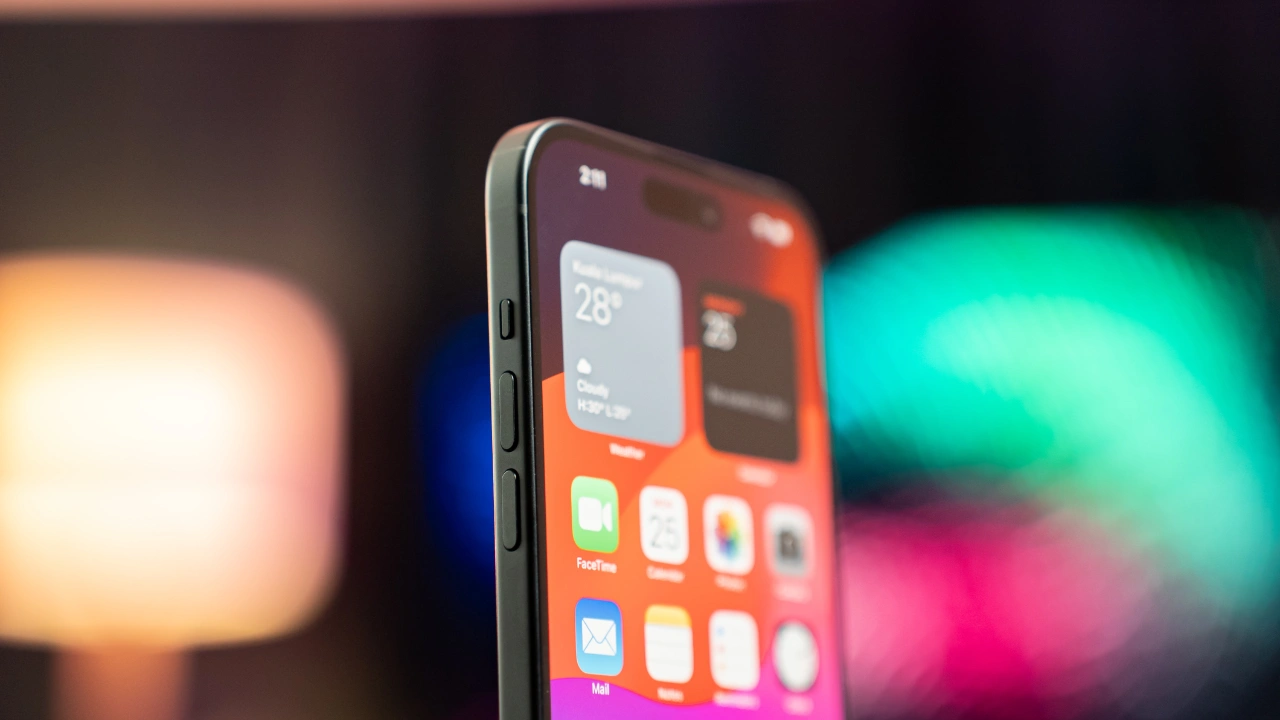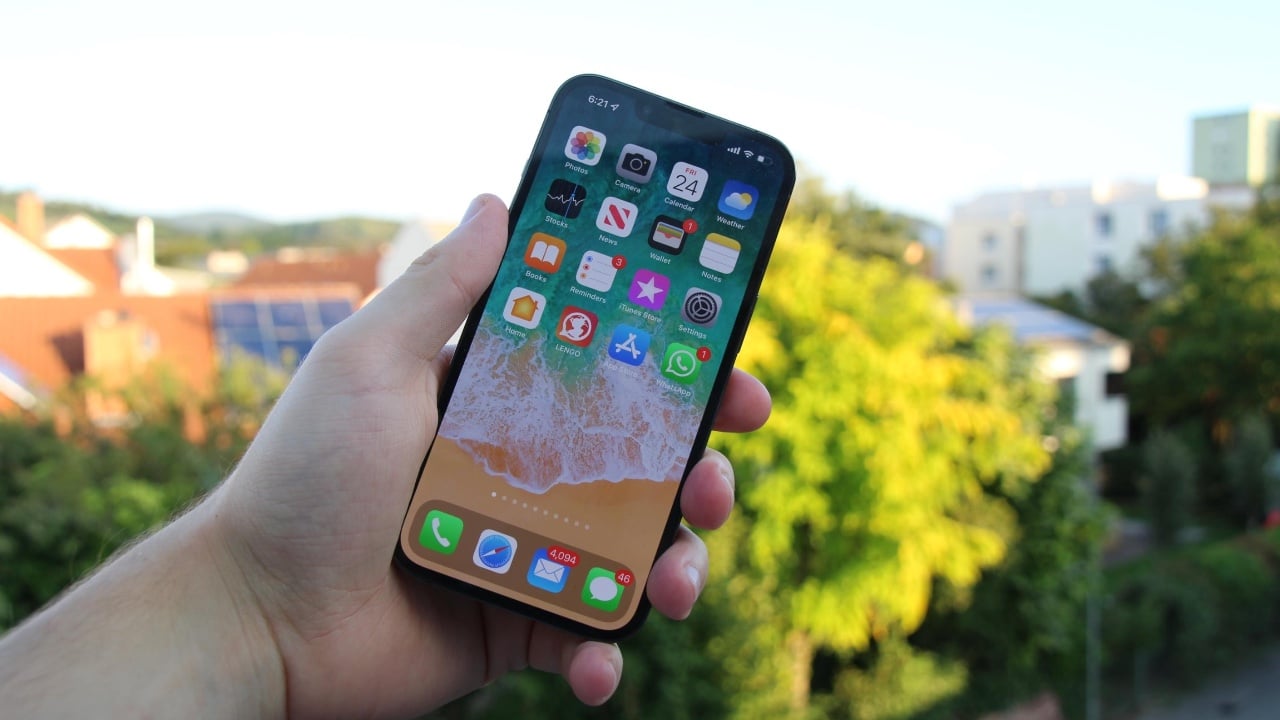
In today’s digital landscape, capturing and sharing screen content has become an indispensable aspect of our smartphone usage. Whether it’s documenting crucial information, creating engaging tutorials, or sharing entertaining social media content, screen capture and recording capabilities have become essential tools for iPhone users. This comprehensive guide delves into the world of capturing and sharing your iPhone’s screen, providing detailed instructions on both screenshots and screen recordings.
Part 1: Capturing Screenshots: A Step-by-Step Guide
Screenshots are an excellent way to preserve the current state of your iPhone’s screen, capturing essential information, conversations, or visual elements. Let’s explore how to take and edit screenshots effectively.
Taking Screenshots with Ease:
- Locate the Crucial Buttons: Identify the side button (formerly known as the Sleep/Wake button) and the volume-up button on the right side of your iPhone.
- Press Simultaneously: Quickly press and release both the side button and the volume up button simultaneously. A distinct screenshot sound will confirm the successful capture, unless your device is in silent mode.
Taking Screenshots with AssistiveTouch:
- Enable the AssistiveTouch Feature: For iPhones with Touch ID or Face ID, navigate to Settings > Accessibility > AssistiveTouch and toggle the switch to enable the feature. For iPhones with home buttons, go to Settings > Accessibility > Home Button > AssistiveTouch and follow the same process.
- Access the AssistiveTouch Menu: Double-tap the home button or swipe up from the bottom edge of the screen to open the AssistiveTouch menu.
Capture with AssistiveTouch: Tap the “Devices” icon in the AssistiveTouch menu, then select “Screenshot” from the options.
Editing Screenshots with Precision:
- Access the Editing Shortcut: Once you’ve captured a screenshot, a thumbnail will appear in the lower-left corner of the screen. Tap the thumbnail to open the editing window.
- Manipulate the Screenshot: Use the editing tools provided, such as drawing tools, text insertion, and cropping options, to customize your screenshot to your liking.
- Save or Share Your Creation: Once satisfied with your edits, tap the Done button to save the modified screenshot or tap the Share icon to share it via various apps or services.
Part 2: Recording Screen Activities: Capturing Digital Moments
Screen recordings allow you to capture the entirety of your iPhone’s screen activity, making them ideal for creating tutorials, demonstrating gameplay, or documenting app usage. Here’s how to record screen activities effectively.
Recording Screen Activities with Control Center:
- Access the Control Center: Swipe down from the top-right corner of your iPhone’s display to open Control Center.
- Find the Screen Recording Button: Locate the Screen Recording button, which may require tapping the “Customize Controls” option to add it if it’s not visible.
- Initiate Screen Recording: Tap the Screen Recording button. A brief countdown will appear, followed by the start of the screen recording.
- End the Recording: To stop recording, open Control Center again and tap the red Stop Recording button.
Accessing Recorded Screen Recordings:
- Locate Your Recordings: All recorded screen recordings are stored in the Photos app. You can find them in the “Screen Recordings” album under the “Media Types” section.
Editing and Sharing Screen Recordings:
- Access the Editing Tools: Open a recorded screen recording in the Photos app. Tap Edit to access the editing tools.
- Crop and Annotate: Trim the video to your desired length using the crop tool and add annotations, text, or shapes using the Markup tool.
Summary
Mastering screen capture and recording on your iPhone empowers you to effectively document, share, and enhance your digital experiences. With these comprehensive guidelines, you can confidently capture and share your iPhone’s screen content, whether it’s preserving important information, creating engaging tutorials, or showcasing entertaining gameplay moments. You can find out more details on how to take screen recording and screenshots on your iPhone over at Apple’s website.
Image Credit: John Appleseed
Filed Under: Apple, Apple iPad, Guides
Latest timeswonderful Deals
Disclosure: Some of our articles include affiliate links. If you buy something through one of these links, timeswonderful may earn an affiliate commission. Learn about our Disclosure Policy.

